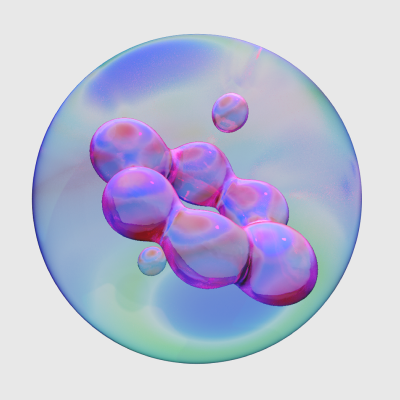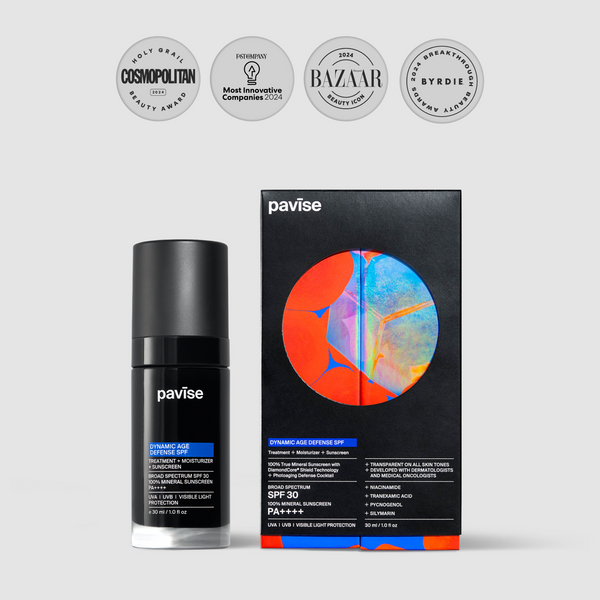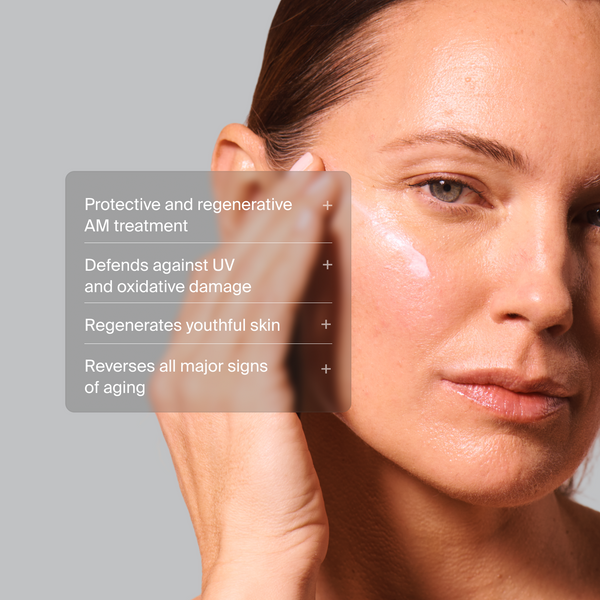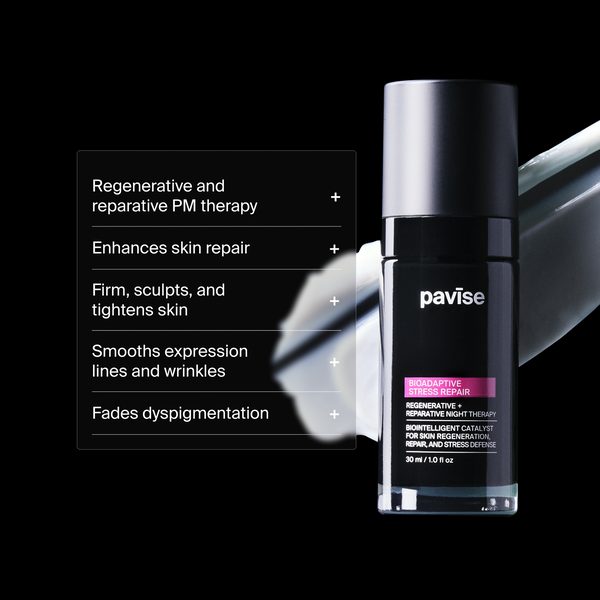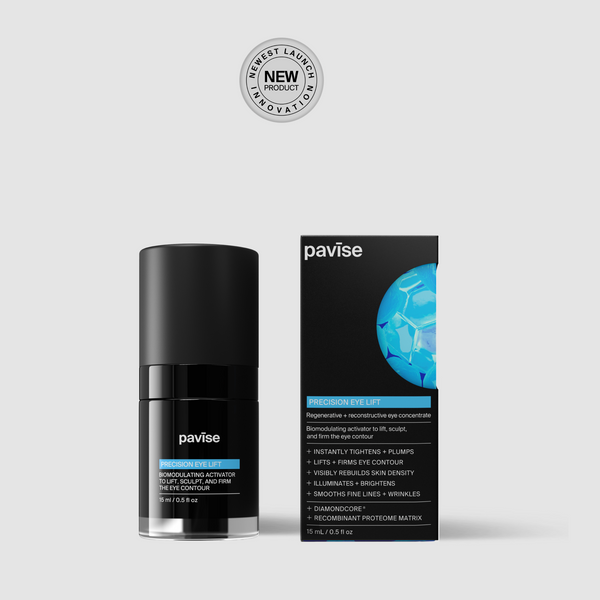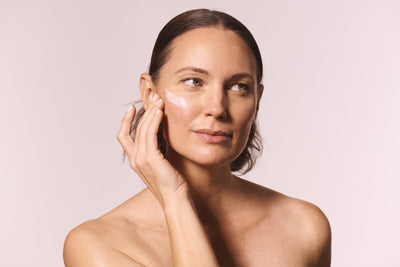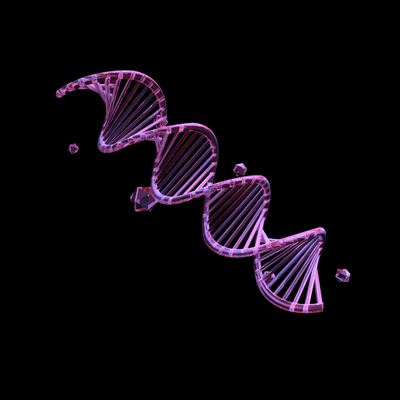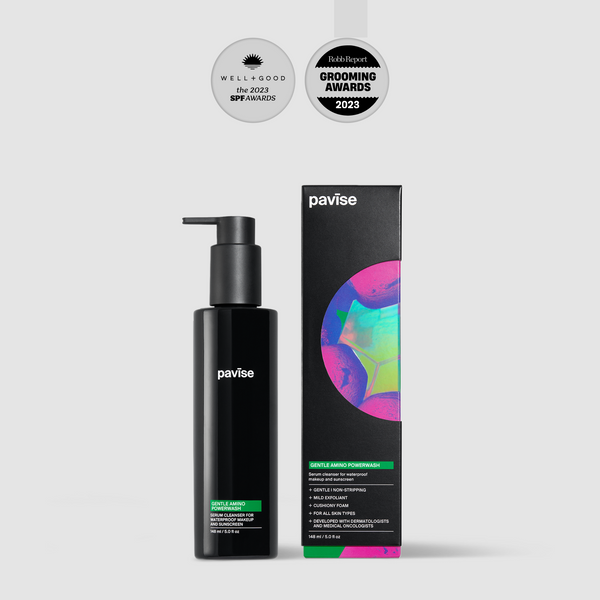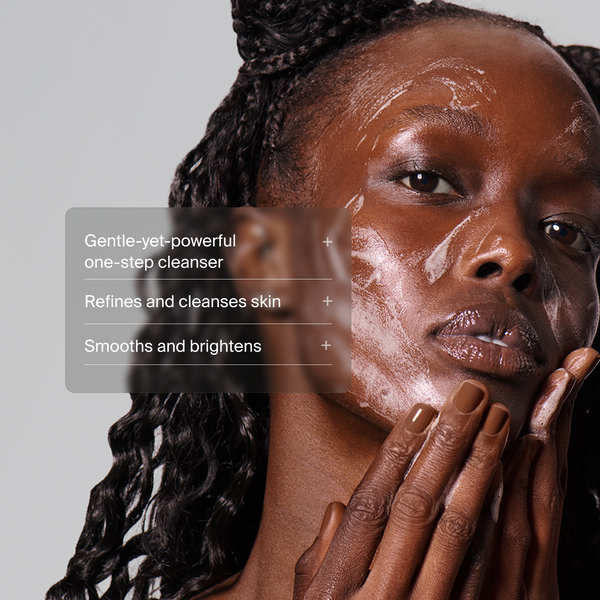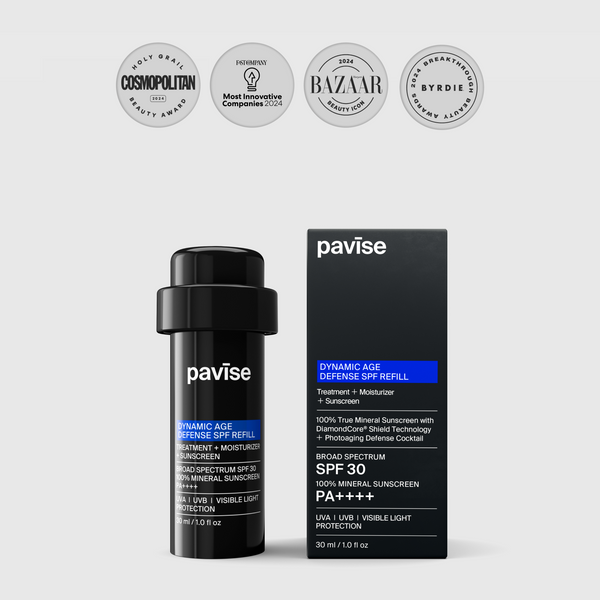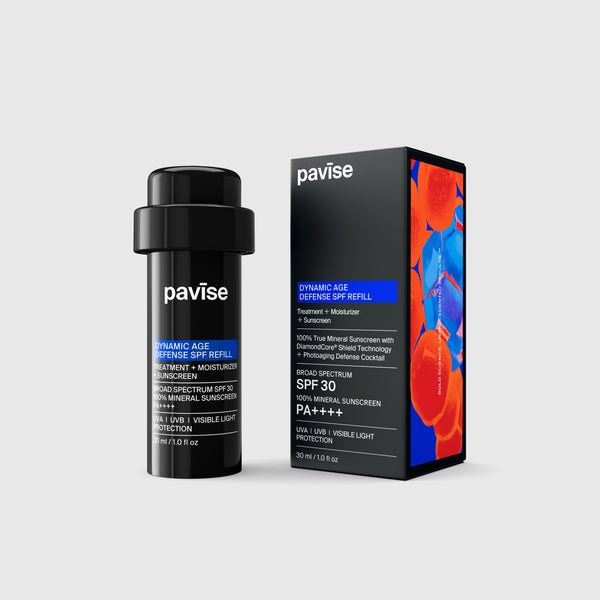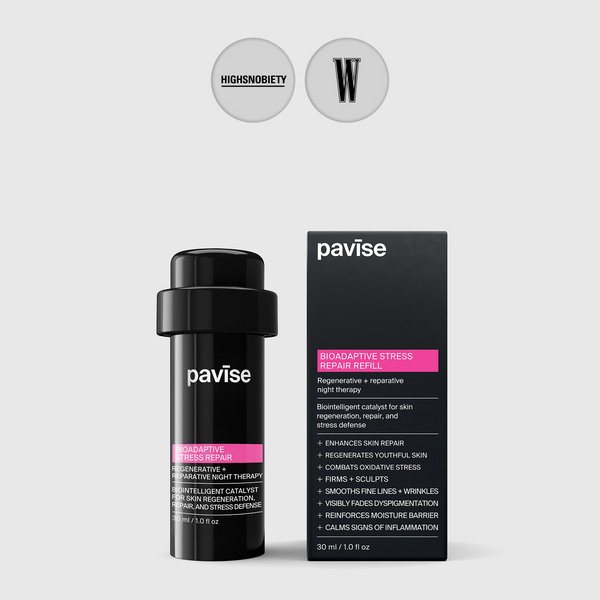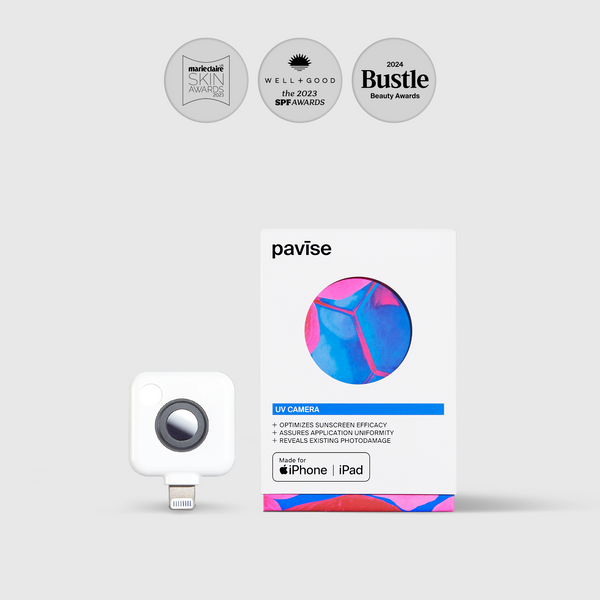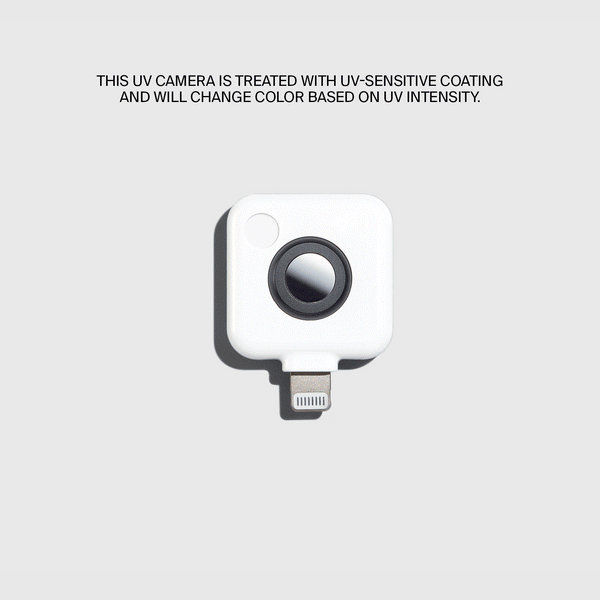Licorice root extract
Licorice root extract comes from ancient Chinese medicine and contains several bioactive compounds that promote skin health. Glycyrrhizin has anti-inflammatory and antimicrobial properties, as does glabridin. These compounds make licorice root extract an effective ingredient in the treatment of sensitive and sensitized skin, and inflammatory skin conditions like eczema. In addition to blocking inflammatory mechanisms, glabridin combats UV-induced hyperpigmentation by inhibiting tyrosinase activity, the enzyme that promotes melanin production, and by scavenging Reactive Oxygen Species (ROS). ROS cause oxidative stress that triggers inflammatory and cell-damaging processes, so by reducing ROS in skin, glabridin further boosts licorice root’s anti-inflammatory and anti-hyperpigmentation efficacy.
Liquiritin, another licorice root compound, fades hyperpigmentation through a different mechanism. It disperses excess melanin present in dark spots and discoloration. Licorice root has even been proven effective in depigmenting melasma.
References:
-
Ciganović, Petar. “Glycerolic Licorice Extracts as Active Cosmeceutical Ingredients: Extraction Optimization, Chemical Characterization, and Biological Activity.” National Institutes of Health, National Institutes of Health, 20 Oct. 2022, https://www.ncbi.nlm.nih.gov/pmc/articles/PMC6826613/.
-
P., Jody. “Mechanisms Regulating Skin Pigmentation: The Rise and Fall of Complexion Coloration.” National Institutes of Health, National Institutes of Health, 20 Sept. 2023, https://www.ncbi.nlm.nih.gov/pmc/articles/PMC2769151/.
